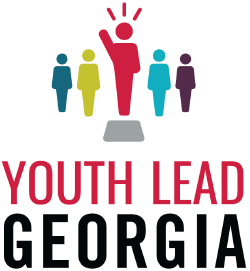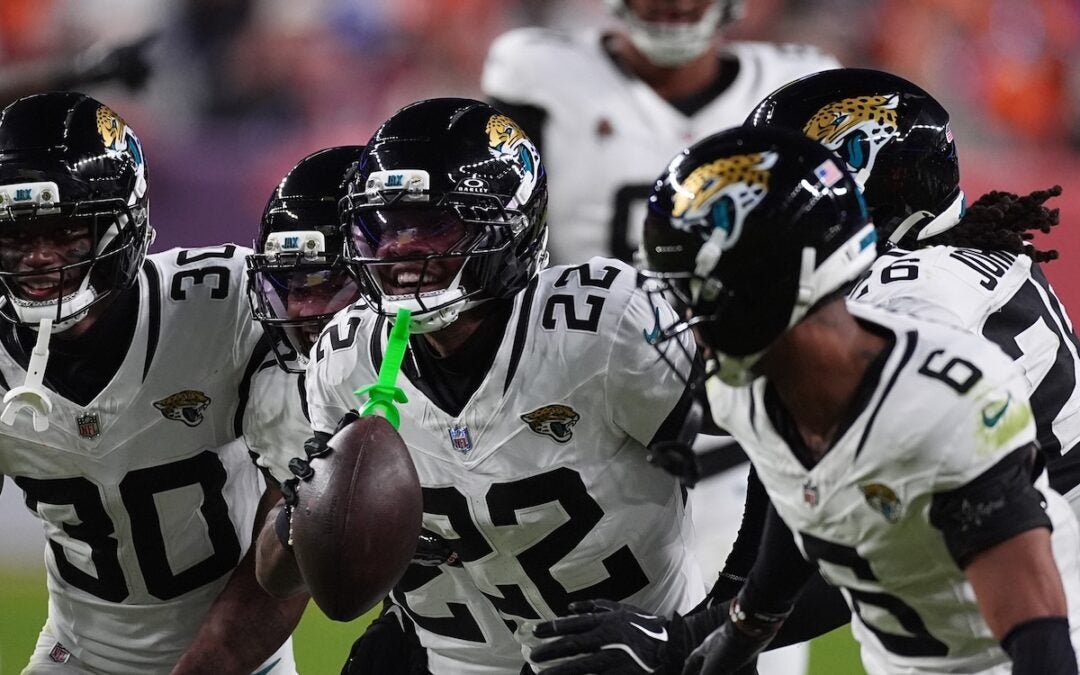“Fast Car,” a song written and performed by Tracy Chapman, has hit No. 1 on the country music charts due to country musician Luke Combs covering the hit.
While this isn’t the first song from the 80s to be revived by current popular culture, it may be one of my favorites. It does leave me with one question I can’t answer.
Released in April of 1988, the folk-pop song delves into the life of a younger woman looking to escape her current life with her companion who drives a “fast car.”
The song starts with the two leaving, then takes a sad turn into homelessness, alcohol abuse, abandonment, and ends with another escape. It isn’t a happy story, but one of possible redemption for the central character.
Like a poem from Robert Frost, this song has been analyzed time and time again, but one question remains, probably because it has never been asked. What is the make and the model of the fast car?
After researching articles and interviews discussing the meaning of the song, the car isn’t mentioned. While watching the music video, almost every part of the song’s scenery is shown except for the car.
Whenever I heard this song, I always thought of some type of older sports car, like a mid-seventies Camaro or Firebird. A closer inspection of the lyrics makes me change my mind.
“And your arm felt nice wrapped around my shoulder” suggests the car in question may have been equipped with a bench seat. While it isn’t impossible to wrap your arm around someone in bucket seats, it probably wouldn’t have felt nice enough to include in a song lyric.
The song was written in 1987 and from the perspective of a couple that probably didn’t have much money. Affordable cars back then were mostly the malaise era of car manufacturing. It could be one of those, but then I wouldn’t consider many of those fast. Corvettes in the mid seventies only had 165 horsepower.
The car in question may predate the malaise era and be from the 60s.
What does fast mean to the central character? Chapman wrote the song at around 23 years old. I would imagine the character in her story to be the same age. The character worked at a convenience store and probably was somewhat familiar with cars.
As stated in the lyrics, “Speeds so fast I felt like I was drunk” must mean that her significant other must have driven the car at a rate that made her uncomfortable, or maybe the car swayed a lot in the corners. Maybe it was a big sedan with a V8. Either way, with the rest of the lyrics, this was not a responsible person.
Our 23-year-old checkout girl deserved better, and I hope she found it.
So, we have a 1960s vehicle, most likely a sedan, probably domestic, bench seats, with enough power to give a young woman motion sickness. That was like 70% of the market in the sixties. This is impossible!
I may never know what car it is, but I understand at least part of the feeling of the song.
When released, I remembered this song on the radio, but I was nine years old. Such a complex and emotional song cannot be fully understood by a child. It takes some years of maturity and pain for this song to make sense.
The car Chapman is referencing is a giver of freedom, taking her away from a terrible situation, and at the end, taking a terrible situation away from her. I think well into adulthood, almost anyone can relate.
As for me, I will see you on the road, in my very not fast car!











